9 Steakhouse Menu Red Flags, According to Chefs
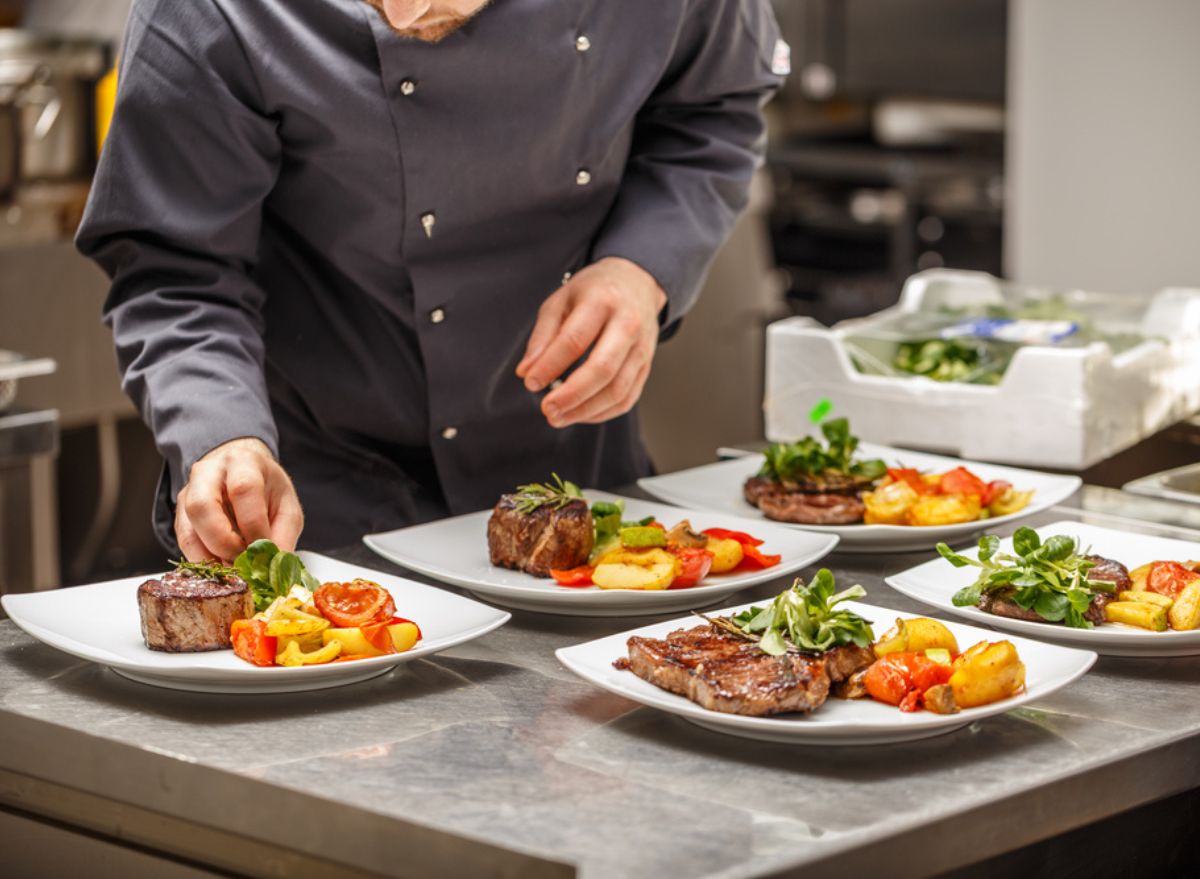
There’s nothing like a big clubby steakhouse with juicy cuts of meat, sides for everyone to share, and hospitable service that makes you feel special. Americans love a steakhouse for a romantic dinner, to celebrate a graduation or anniversary, or just for an indulgent night out. However, not all steakhouses are created equal, and if you’re spending your hard-earned money on fine dining, it’s important to know what to order and what menu red flags to look out for.
By red flags, we mean menu items that might be a waste of money because they’re lower quality, not exactly as advertised, or maybe just not the right order for you. We asked real chefs what they steer clear of when browsing a chophouse menu. Read on for what they tend to avoid on steakhouse menus and tips so that you can do the same.
Workers can’t answer the important questions

“When the server can’t explain where the beef they are buying is coming from, what grade it is, or they don’t have knowledge of the different cuts on the menu,” that’s one of the biggest red flags there is,” says Shawn Matijevich, lead chef of online culinary arts & food operations at the Institute of Culinary and former executive chef of BLT Prime, “Since high-quality meat isn’t always the most accessible, businesses will usually take more pride and advertise how their top-notch menu items set them apart from the competition. When you are paying top dollar for excellent quality meat as an operator, you make sure to educate your staff about it,” she says.
Wagyu, not Kobe
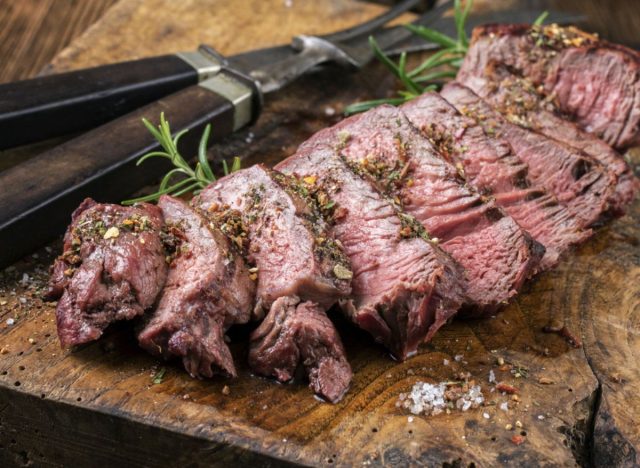
Michelin star chef, restaurateur, and cookbook author Joe Isidori, notes getting Kobe beef from Japan is nearly impossible. “Please say Wagyu. Not Kobe. I’m sure it’s not from the region of Kobe, Japan. No need to falsely advertise, people will still buy it because Wagyu is awesome!” If you really want to shell out money for the real stuff, consult the Kobe Beef Marketing and Distribution Association for locations that serve it.
Look for USDA Prime
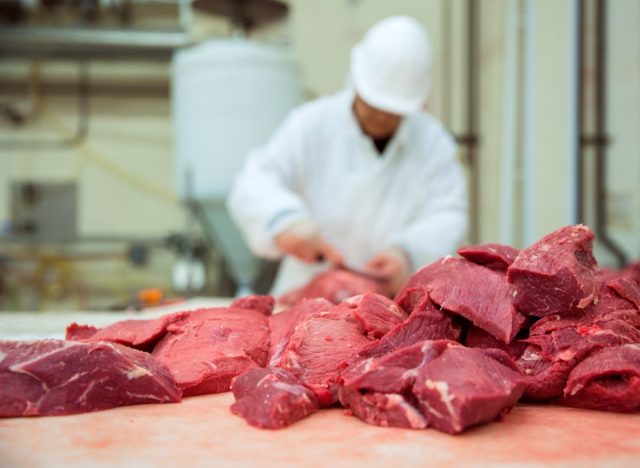
Some of the names describing types of meat can be confusing, so look for cuts that have been certified by the United States Department of Agriculture, says Paris Baguette Executive Chef Andre Fuehr. “If it doesn’t say USDA prime or choice, it isn’t. Everything else is made up of names. Angus beef is just a black cow that’s not anything different.” He also echoes Isidori thought on Kobe beer. “In the United States, when you see Kobe beef, 99.9% of the time that’s not true because it is very difficult to impossible to import beef from Kobe, Japan.”
Avoid low prices
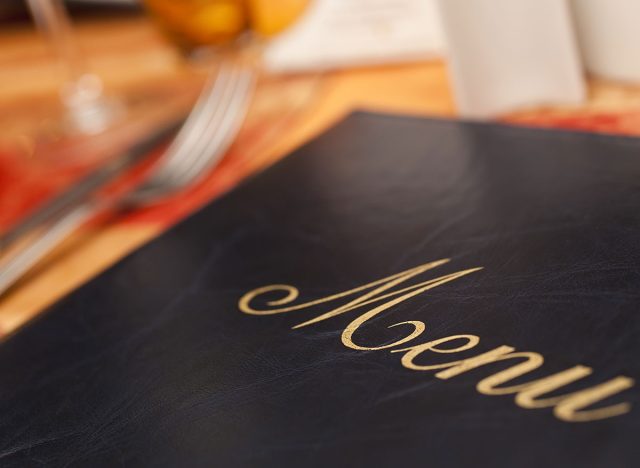
Fuehr also noted a low price tag is a big tell that you’re not getting high-end meat or Kobe, saying, “If you aren’t spending several hundred dollars for that steak, you’re definitely not getting Kobe beef.”
Watch out for heavy sauces
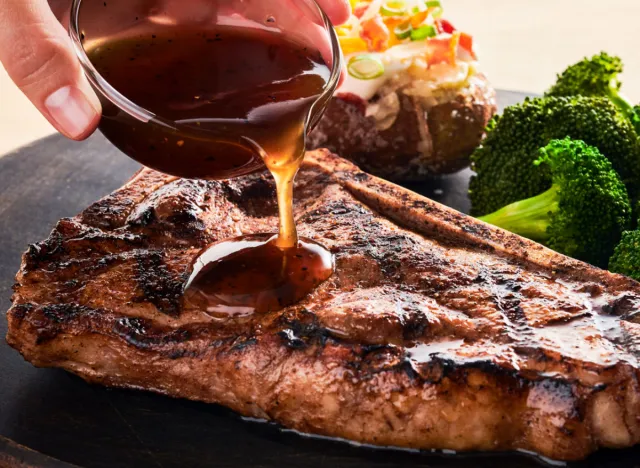
Restaurant owner and MyBartender founder Paul Kushner says to watch out for those deceptive sweet sauces. “The biggest one is teriyaki sauce. While other menu items may be okay or even great, if a non-Japanese menu has a steak covered in a sweet teriyaki sauce I’d get skeptical. Typically, this option is reserved for less flavorful meats and for steaks that need to hide behind overcooking. Either the meat isn’t aged enough or the cut is subpar.”
While teriyaki or other sweet sauces are tasty, Kushner says, “The flavorful sauce covers a multitude of sins, and can be a great way to ‘use up’ a steak that didn’t quite make the cut for a sauceless option.”
Bacon-wrapped steaks
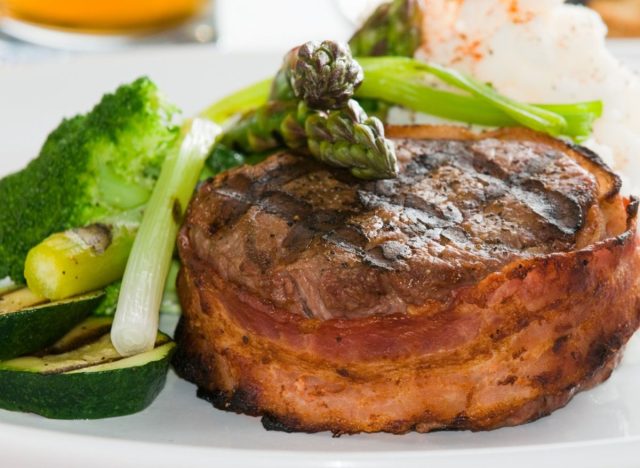
While a double meat meal sounds amazing, the flavorful fat of the bacon can be used to cover up a mediocre cut. And it’s tough to cook both evenly, Kushner explains, saying, “The same rule applies to bacon-wrapped cuts! A great filet mignon doesn’t need bacon on it, and the bacon will be underdone if you eat your steak rare.”
Steak tartare
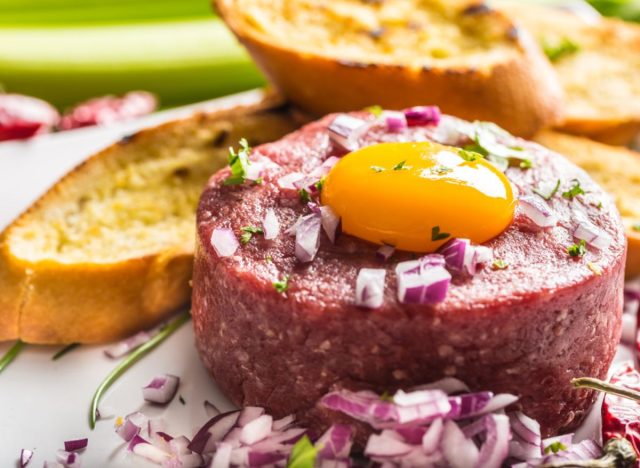
While many love this raw beef dish, it’s not for everyone and Jessica Randhawa, the head chef, recipe creator, photographer, and writer behind The Forked Spoon, isn’t a fan.
She explains, “One thing I always avoid when going to steak houses is steak tartare. Steak Tartare should seriously be avoided at all costs. Unlike other raw meat recipes from around the world, this traditional French recipe does not include acidic citrus juice to cook the meat. Uncooked meat can have both dangerous parasites and potentially life-threatening bacteria. No single dish is worth one’s livelihood!”
Quality cuts stand alone
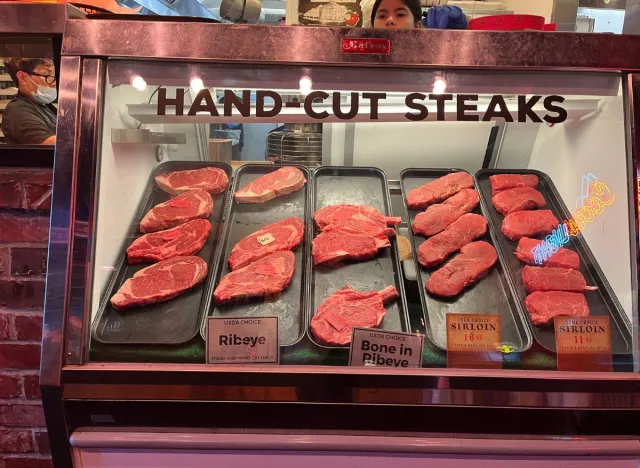
If you want a tender marinated steak dish, don’t go to a steakhouse. You don’t want a cheap cut at steakhouse prices, says Sean Ferraro, chef-owner of Madison Avenue Pizza in Florida.
“I am not a fan of steakhouses that do too much to their steaks, as in marinades, too many seasonings, or anything that is going to take away from the flavor of the steak,” says Ferraro. “A good steak doesn’t need a ton of seasoning and it definitely doesn’t need to be marinated. If you’re over seasoning it or adding too many extra flavors, it comes across to me as you’re covering up for poor food quality.”
Burger preparation
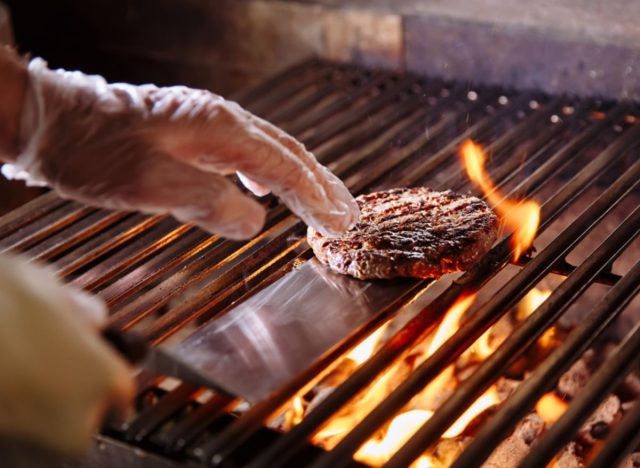
Steakhouse burgers can be so juicy and decadent, but how they’re handled is key, says Chef and Author Allen Bixby. A burger order requires one question: Do you grind your own meat? “If it is not ground in the house then I want it cooked through,” he says. “You will probably be just fine, but I want better odds than probably.”
A version of this story was originally published on November 18, 2022. It has been updated to include new information.









